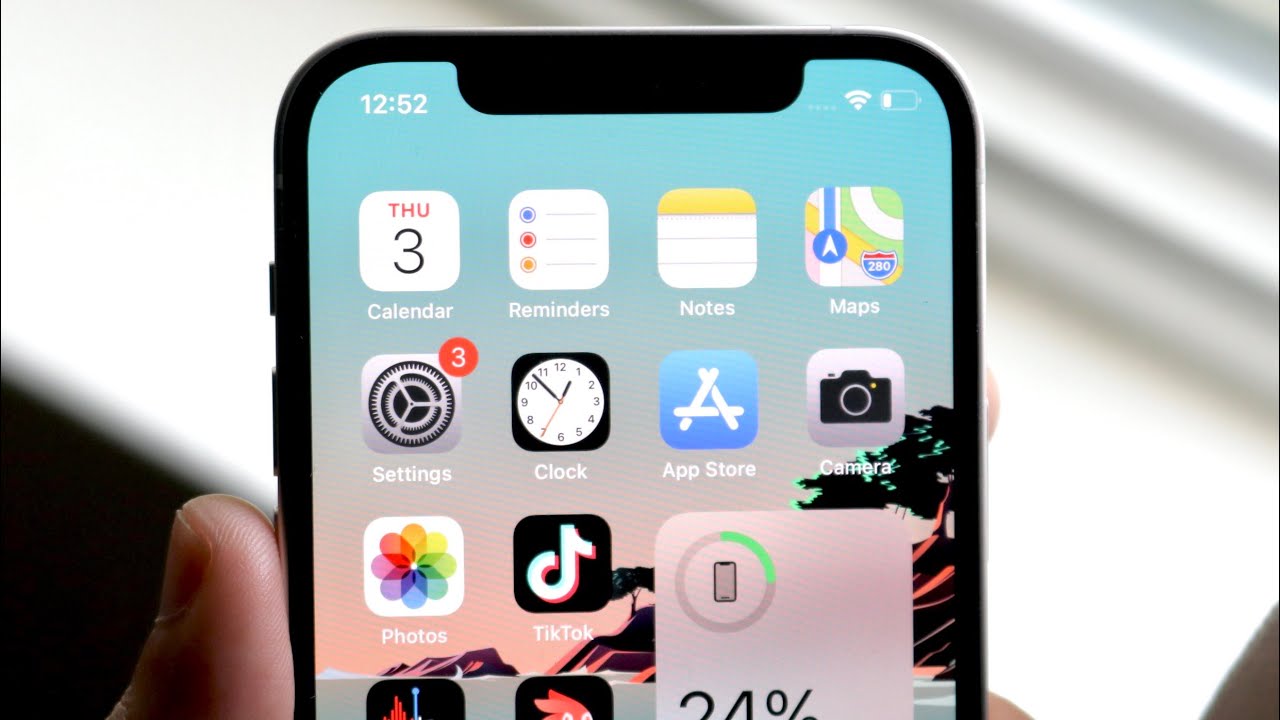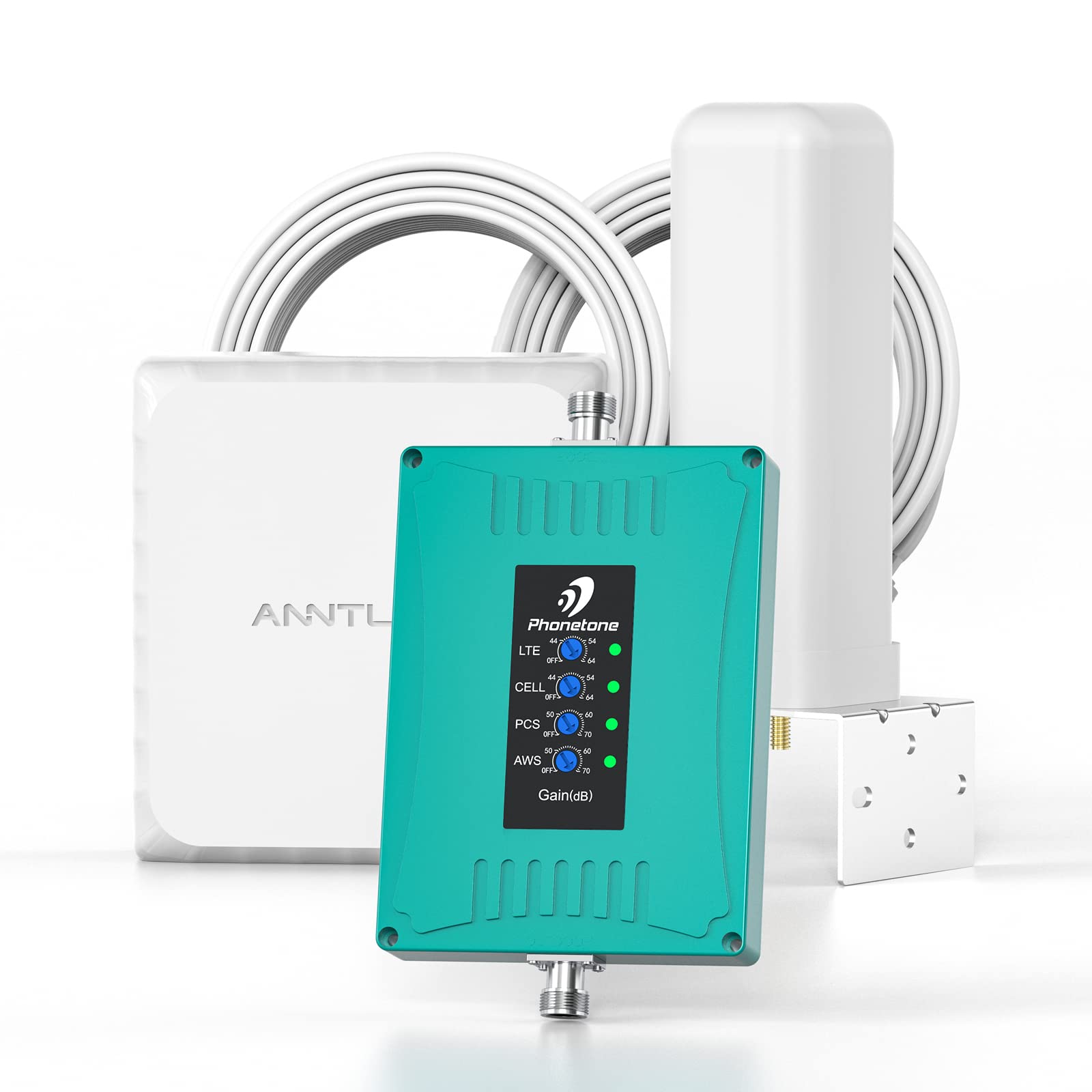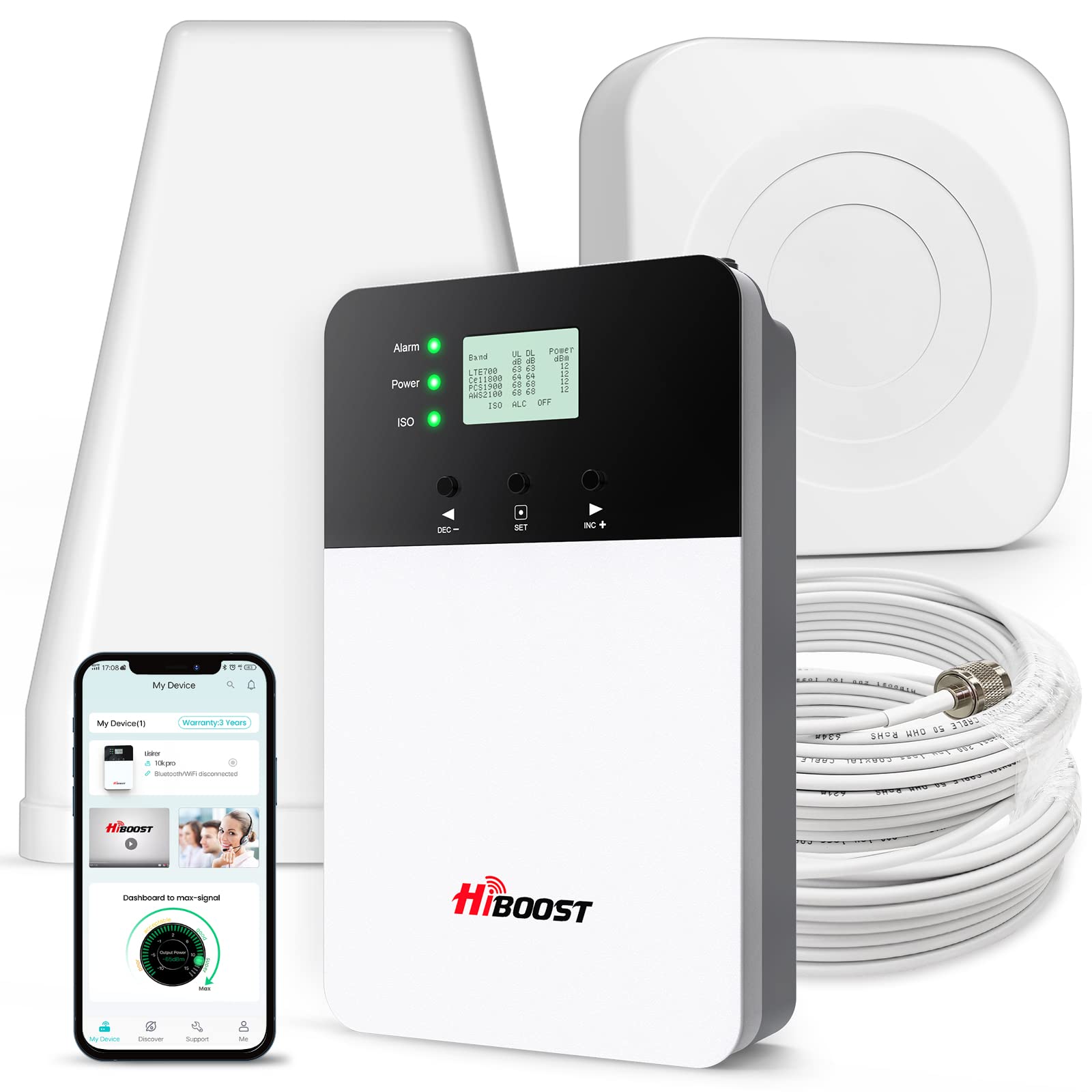What is 4G and LTE?
As technology continues to advance, so do our telecommunication networks. Two terms that are commonly used when discussing mobile networks are 4G and LTE. But what do these terms actually mean?
4G, short for Fourth Generation, refers to the fourth iteration of mobile network technology. It is a wireless communication standard that provides faster data transfer rates and improved network reliability compared to its predecessors. With 4G, users can enjoy high-speed internet access, seamless video streaming, and faster downloads on their mobile devices.
LTE, on the other hand, stands for Long-Term Evolution. It is a specific type of 4G network that uses a technology called Orthogonal Frequency Division Multiplexing (OFDM) to achieve faster data transmission. LTE offers even higher data transfer speeds, lower latency, and increased network capacity compared to generic 4G networks.
While 4G is a general term that encompasses various technologies designed to provide high-speed mobile connectivity, LTE is a specific implementation of the 4G standard that offers superior performance.
It’s worth noting that LTE is often used interchangeably with 4G, as many networks advertise their services as “4G LTE.” This is because LTE provides significant advancements in speed and reliability, making it the preferred choice for most mobile network operators.
Now that we have a basic understanding of what 4G and LTE are, let’s delve into the differences between the two in the next section.
The Difference Between 4G and LTE
Although 4G and LTE are closely related, there are some key differences between the two.
4G, as mentioned earlier, refers to the fourth generation of mobile network technology. It encompasses various technologies, including LTE, WiMAX, and HSPA+. While all these technologies fall under the 4G umbrella, LTE is considered the most widely adopted and widely recognized implementation of 4G.
The main difference between 4G and LTE lies in the technical specifications and capabilities. LTE is designed to provide faster and more reliable data transfer speeds compared to generic 4G networks. While early 4G networks offered download speeds of around 100 Mbps, LTE networks can achieve speeds up to 300 Mbps and beyond in optimal conditions.
Another significant difference is the latency, or the time it takes for data to travel between devices. LTE networks have significantly lower latency compared to generic 4G networks, which means faster response times for activities such as web browsing, online gaming, and video chatting.
In terms of network coverage, LTE networks are generally more widespread and accessible than other 4G technologies. This is because many mobile network operators have transitioned to LTE as their primary 4G offering due to its superior performance and reliability.
Lastly, LTE networks offer better support for voice calls compared to generic 4G networks. Many LTE networks utilize Voice over LTE (VoLTE) technology, which enables high-quality voice calls over the data network. This results in clearer calls and faster call setup times.
In summary, while 4G is a broad term encompassing various high-speed mobile network technologies, LTE stands out as the most advanced and widely adopted implementation of 4G. LTE offers faster data transfer speeds, lower latency, wider coverage, and improved support for voice calls compared to generic 4G networks.
Why Does My Phone Say 4G instead of LTE?
If your phone displays “4G” instead of “LTE,” it can be a source of confusion. Here are some possible reasons why your phone may display 4G instead of LTE:
1. Network Provider Support:
Not all mobile network providers support LTE. Some providers may still use older versions of 4G or have limited LTE coverage in certain areas. If your provider does not have widespread LTE support, your phone will display 4G instead of LTE.
2. Device Compatibility:
Your phone may not be compatible with the specific LTE frequencies used by your network provider. Different LTE bands operate at different frequencies, and if your phone does not support the bands used by your provider, it will not display LTE. In this case, your phone will fall back to the next fastest network, which is 4G.
3. Network Signal Strength:
Even if your phone supports LTE and your provider offers it, the display may show 4G if the LTE signal is weak in your current location. Your phone will automatically switch to the strongest available signal, which could be 4G in areas where LTE coverage is limited.
4. Phone Settings:
Sometimes, the issue may be related to your phone’s settings. If LTE is not enabled in your phone settings, it will default to displaying 4G. To check and enable LTE, go to your phone’s settings, find the network settings or cellular settings, and ensure that LTE is selected or enabled.
5. Software or Firmware Updates:
Occasionally, a software or firmware update can cause the phone to display 4G instead of LTE. If you recently updated your phone’s software or firmware, it’s possible that the update affected the way the network is displayed. In this case, contacting your phone manufacturer or mobile network provider for assistance may be necessary.
It’s important to note that the specific reasons for your phone displaying 4G instead of LTE may vary depending on your phone model, network provider, and location. If you’re unsure about why your phone is not showing LTE, contacting your network provider’s customer support can help provide specific information regarding LTE availability in your area and any potential device/software compatibility issues.
Factors Influencing Network Display
There are several factors that can influence the network display on your phone, including:
1. Network Provider Infrastructure:
The infrastructure and technology used by your network provider play a significant role in how the network is displayed on your phone. Different providers may have varying technologies, coverage areas, and network offerings, which can affect the network display on your device.
2. Network Technology Compatibility:
Your phone’s compatibility with different network technologies can impact the network display. If your device is not capable of supporting certain network technologies, it may display a fallback network type instead. For example, if your phone is not compatible with LTE, it will display 3G or 4G instead.
3. Network Signal Strength:
The signal strength of the available networks in your location can influence the display on your phone. If the signal strength of one network is stronger than another, your phone may prioritize the stronger signal and display that network’s name instead.
4. Network Technology Availability:
The availability of specific network technologies in your area can affect the network display. Some network providers may offer certain technologies, such as LTE or 5G, only in select areas. If the network technology is not available in your location, your phone will display the next best available option.
5. Carrier Branding:
Some network providers may choose to brand their network technology differently. For example, a provider may decide to label their LTE network as “4G” for branding purposes. In such cases, even if your phone supports LTE, it will display 4G due to carrier branding.
It’s important to remember that the network display on your phone is determined by a combination of these factors and may vary depending on your location, network provider, and phone model. If you have concerns about network display or want to ensure you are using the best available network technology, you can reach out to your network provider for further information and assistance.
How to Check If Your Phone Has LTE
If you’re unsure whether your phone has LTE capabilities, here are a few steps you can follow to check:
1. Check the Phone’s Specifications:
Start by checking the specifications of your phone. Look for information about network compatibility and supported technologies. Typically, LTE compatibility should be listed in the specifications or network bands section of your phone’s documentation or on the manufacturer’s website.
2. Look for LTE or 4G Symbols:
Many phones have indicator symbols that display the current network type. Look for symbols such as “LTE,” “4G,” or “LTE/4G” at the top or bottom of your phone’s screen. If you see any of these symbols, it means your phone has LTE capabilities.
3. Check the Network Settings:
You can also check the network settings on your phone to determine if it has LTE support. Go to the settings menu and look for the “Cellular” or “Network” options. Inside these settings, you should see the option to enable or disable LTE. If the option is available, it means your phone has LTE capabilities.
4. Use Online Resources:
If you’re still unsure about your phone’s LTE compatibility, you can visit online resources that provide information on phone specifications. Websites like GSMArena or the manufacturer’s official website often have detailed information about network compatibility for different phone models.
5. Contact Your Network Provider:
If all else fails, you can reach out to your network provider’s customer support for assistance. They can verify whether your phone is LTE compatible and provide specific information about network coverage and availability in your area.
Remember, having an LTE-capable phone doesn’t guarantee LTE connectivity in all locations. Network coverage and availability may vary depending on your network provider’s infrastructure, signal strength, and location. If you experience difficulties connecting to LTE, contacting your network provider can help troubleshoot the issue.
How to Fix the Issue if Your Phone Shows 4G instead of LTE
If your phone consistently displays 4G instead of LTE and you want to utilize the faster LTE network, there are several steps you can take to potentially resolve the issue:
1. Check for Software Updates:
Ensure that your phone’s software is up to date. Sometimes, outdated software can cause network-related issues. Check for any available updates in your phone’s settings and install them if necessary.
2. Enable LTE in Phone Settings:
Go to your phone’s settings and look for the network or cellular settings. Ensure that LTE is enabled. If it’s already enabled, try disabling it and enabling it again to refresh the network connection. This may help establish a proper LTE connection.
3. Restart Your Phone:
Perform a simple restart of your phone. This can help reset network connections and resolve temporary glitches or issues that may be causing the display to show 4G instead of LTE.
4. Reset Network Settings:
If the issue persists, you can try resetting your phone’s network settings. Keep in mind that this will remove saved Wi-Fi networks and Bluetooth connections, so make sure to note them down before proceeding. Navigate to your phone’s settings, find the network or connectivity settings, and locate the option to reset network settings. Follow the prompts to reset the settings and restart your phone. This may re-establish the proper LTE connection.
5. Verify LTE Coverage:
Check if your network provider offers LTE coverage in your area. In some cases, LTE may not be available or may have limited coverage in certain regions. Contact your network provider’s customer support or consult their website to verify LTE availability and coverage in your location.
6. Contact Your Network Provider:
If none of the above steps work, it’s best to contact your network provider’s customer support for further assistance. They can offer specific troubleshooting steps tailored to your phone model and network provider.
Remember that network display on your phone is just an indicator, and it’s the actual network speed and performance that matter. If you are experiencing fast internet speeds and reliable connectivity even when your phone displays 4G, it might not be necessary to perform any troubleshooting steps.
Conclusion
In conclusion, understanding the difference between 4G and LTE can help clarify why your phone shows 4G instead of LTE and how to address the issue. 4G is a generic term for the fourth generation of mobile network technology, while LTE is a specific implementation of 4G that offers faster speeds and lower latency.
Factors such as network provider support, device compatibility, network signal strength, phone settings, and carrier branding can influence the network display on your phone. Checking your phone’s specifications, looking for LTE or 4G symbols, checking network settings, utilizing online resources, and contacting your network provider can help determine if your phone has LTE capabilities.
If your phone consistently displays 4G instead of LTE and you want to utilize the faster LTE network, you can try updating your phone’s software, enabling LTE in phone settings, restarting your phone, resetting network settings, verifying LTE coverage, or contacting your network provider for further assistance.
It’s important to keep in mind that network display on your phone is just an indicator, and the actual network speed and performance matter more. If you are experiencing fast internet speeds and reliable connectivity even when your phone displays 4G, it may not be necessary to perform any troubleshooting steps.
By understanding the factors that can influence network display and utilizing the suggested steps, you can make the most of your phone’s capabilities and enjoy a seamless mobile network experience.

























